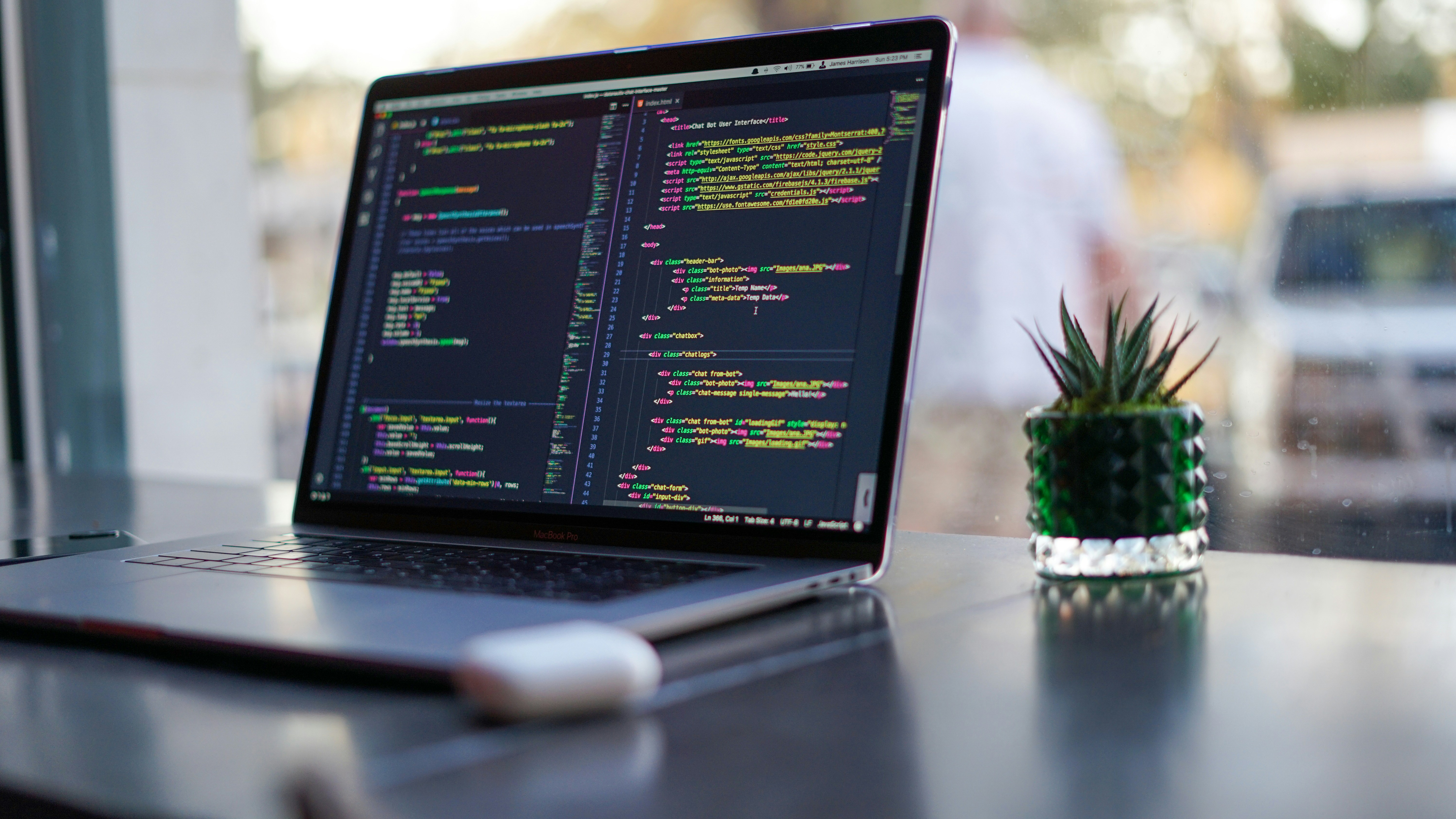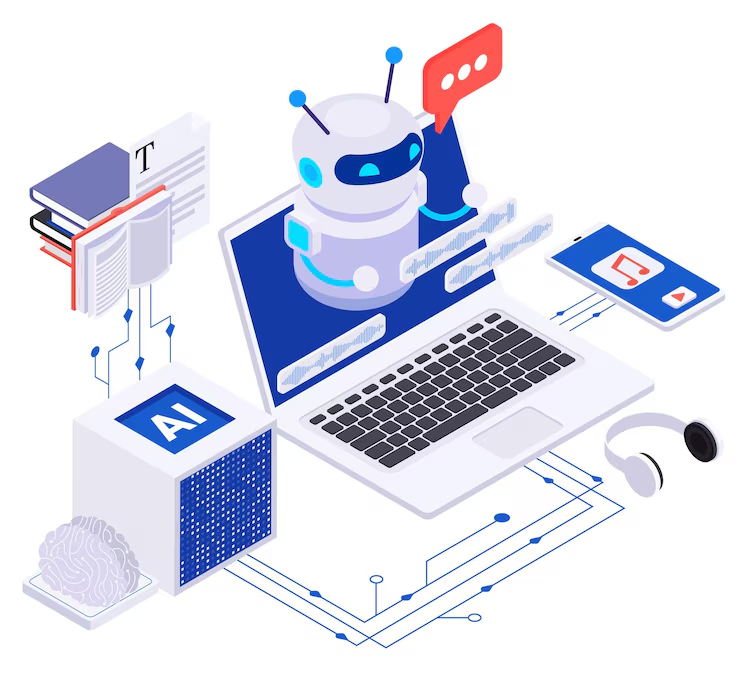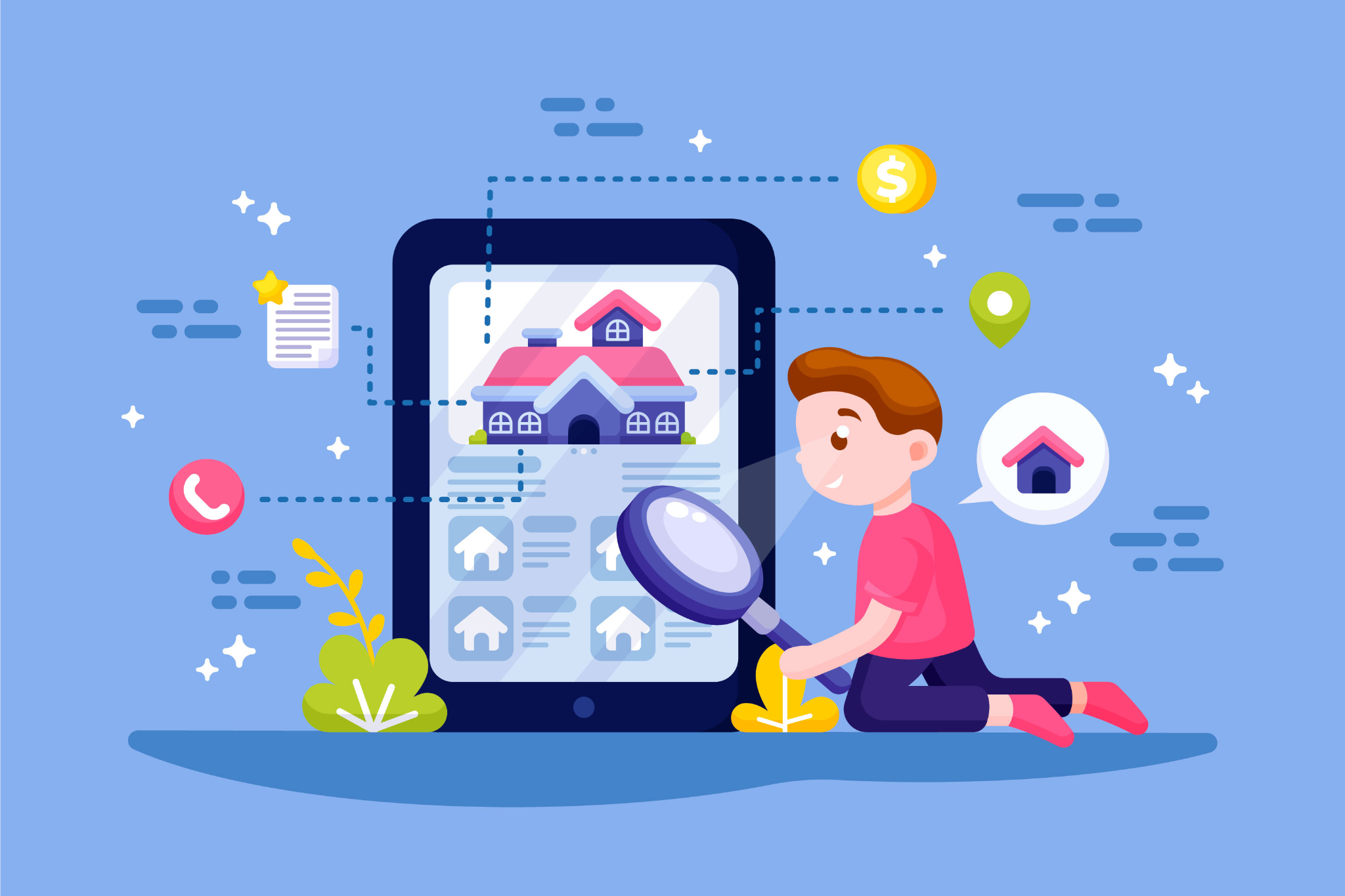Clean Architecture: Building Scalable and Maintainable Systems
Building Scalable and Maintainable Systems with Clean Architecture
In today's rapidly evolving world of software development, building systems that are scalable, maintainable, and adaptable is not just an advantage — it’s a necessity.
One of the most effective approaches to achieving this is by applying Clean Architecture.
At Swift Bytes, we are passionate about developing future-proof solutions. In this blog, we dive into what Clean Architecture is, why it matters, and how it can transform the way businesses build and maintain software systems.
What is Clean Architecture?
Clean Architecture is a software design philosophy proposed by renowned engineer Robert C. Martin.
Its central idea is simple yet powerful: separate the system’s core logic from external concerns like databases, web frameworks, and UI technologies.
In other words, Clean Architecture organizes code in a way that makes the business rules independent from the external world — making systems easier to test, change, and evolve over time.
This layered approach ensures that even as technologies change, the core of the system remains stable and intact.
Principles Behind Clean Architecture
At the heart of Clean Architecture are several key principles:
-
Separation of Concerns
Each layer of the system has a specific role, minimizing dependencies between unrelated parts of the system. -
Dependency Rule
Code dependencies can only point inwards — meaning that inner layers should never depend on outer layers. -
Testability
Since the business rules are decoupled from the UI, database, or external frameworks, they can be tested independently. -
Independence of Frameworks and UI
The system is not tied to any specific database, front-end, or third-party libraries, making migrations and upgrades smoother.
These principles collectively allow systems to be robust, adaptable, and highly maintainable.
The Layers of Clean Architecture
Clean Architecture typically organizes the system into four concentric layers:
-
Entities
-
Represent enterprise-wide business rules.
-
Typically plain data structures or classes.
-
-
Use Cases
-
Contain application-specific business rules.
-
Coordinate the flow of data to and from the entities.
-
-
Interface Adapters
-
Convert data from the format most convenient for the use cases and entities to the format needed by external agents like databases and the web.
-
-
Frameworks and Drivers
-
Include external tools such as databases, web servers, UI frameworks, and more.
-
📌 Remember: The outer layers depend on the inner layers, never the other way around.
Why Clean Architecture Matters
Implementing Clean Architecture provides several long-term benefits:
-
Scalability
Systems designed with clean separation grow more easily as business needs evolve. -
Maintainability
Codebases become easier to manage, extend, and debug — saving both time and resources. -
Technology Agnosticism
Switch databases, front-end frameworks, or even entire platforms without rewriting core business logic. -
Testability
Isolated business logic allows for thorough unit and integration testing, ensuring higher quality software.
At Swift Bytes, our projects consistently demonstrate that investing in a clean architecture upfront significantly reduces technical debt later in the product lifecycle.
Challenges and Common Misconceptions
While Clean Architecture brings many advantages, there are challenges to be aware of:
-
Over-Engineering for Small Projects
Not every project needs a full-blown clean architecture setup. Small utilities or prototypes might not justify the overhead. -
Misapplication of Layers
Simply creating layers without understanding their purpose can lead to unnecessary complexity. -
Initial Development Time
Setting up the architecture properly might take longer initially, but it pays off exponentially over time.
Recognizing these challenges allows teams to implement Clean Architecture thoughtfully and effectively.
Best Practices for Implementing Clean Architecture
If you’re planning to adopt Clean Architecture, consider the following best practices:
-
Start simple, evolve the architecture as the system grows.
-
Focus on defining clear boundaries between layers.
-
Use Dependency Injection to manage dependencies cleanly.
-
Avoid premature optimization — adapt layers based on real needs.
-
Document the architecture to ensure team-wide understanding.
Our teams at Swift Bytes emphasize gradual, thoughtful application of Clean Architecture principles tailored to each project's unique needs.
Final Thoughts on Clean Architecture
Building scalable, maintainable, and adaptable software is more important than ever in today's fast-changing digital world.
Clean Architecture gives teams a proven structure to achieve this, creating systems that are easier to grow, test, and evolve over time.
At Swift Bytes, we believe that a strong foundation is key to long-term success. Clean Architecture is not just a best practice for us; it's a mindset we bring into every project.
If you're planning your next big software initiative, let's build it cleanly and strategically — together.







Leave a comment